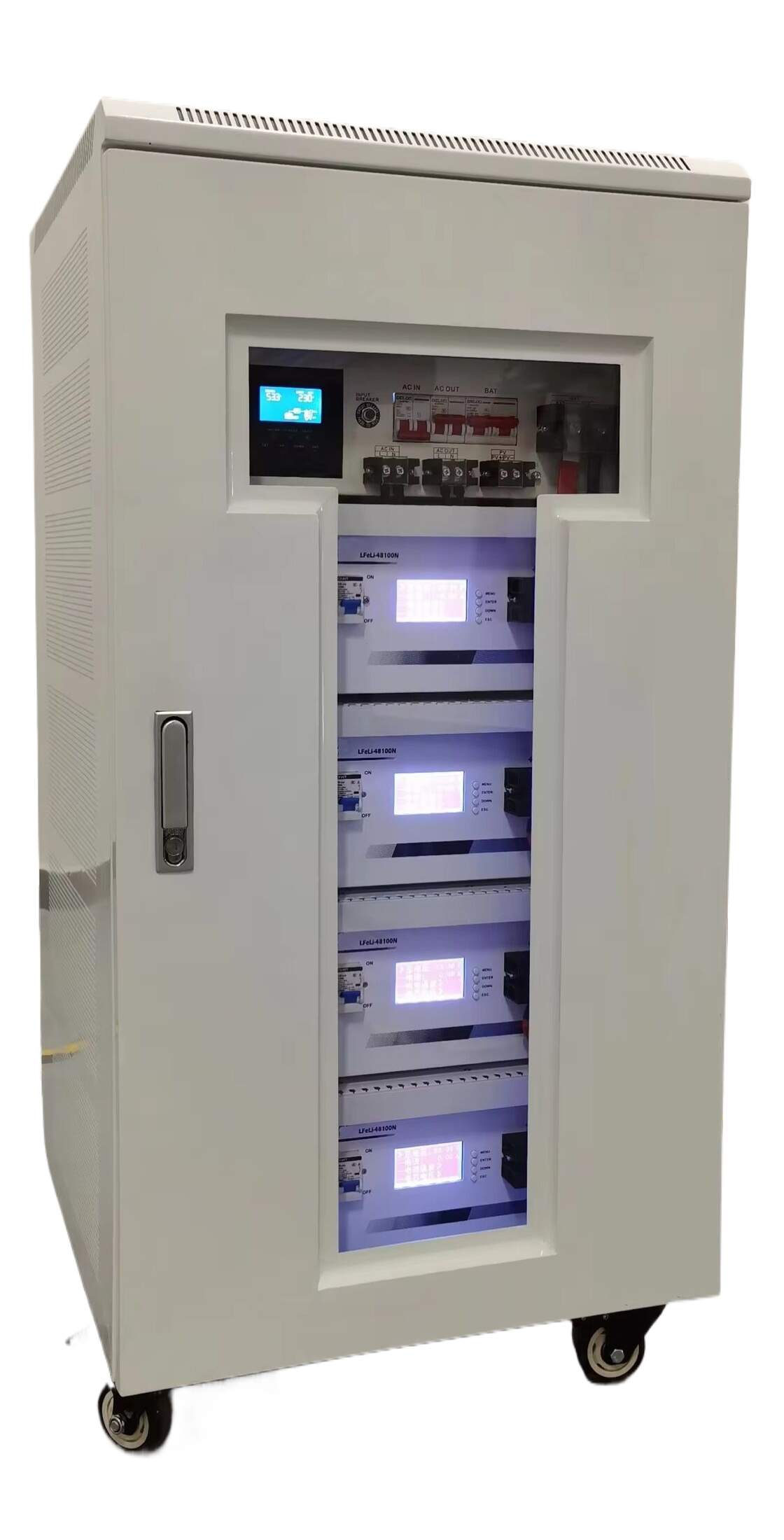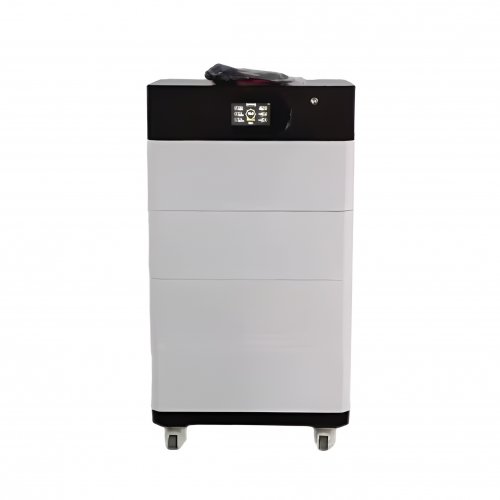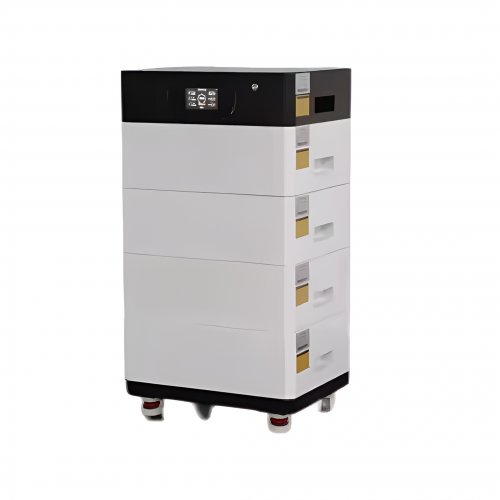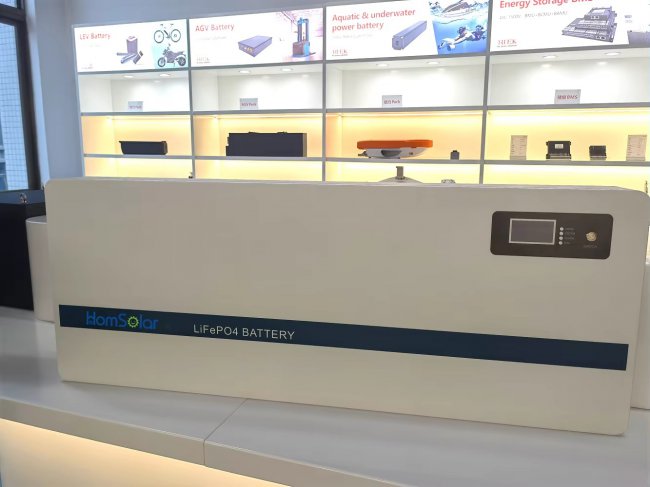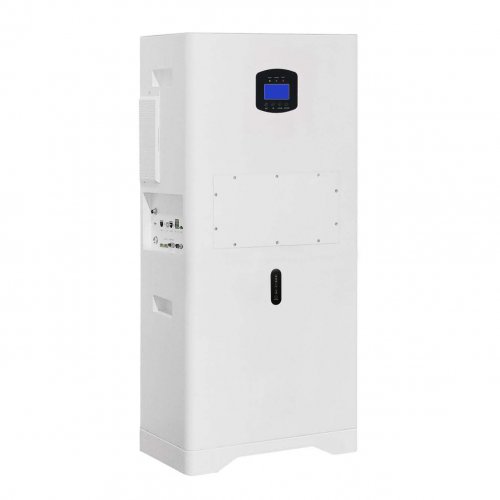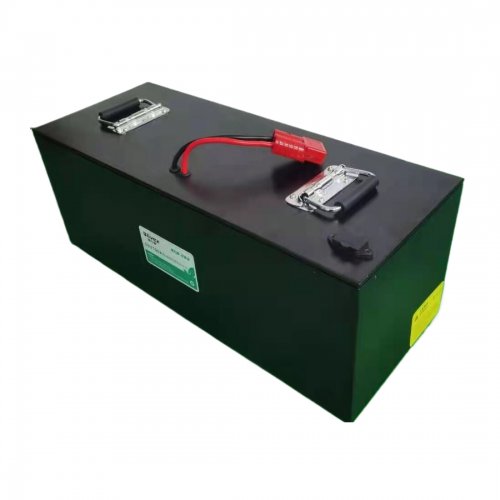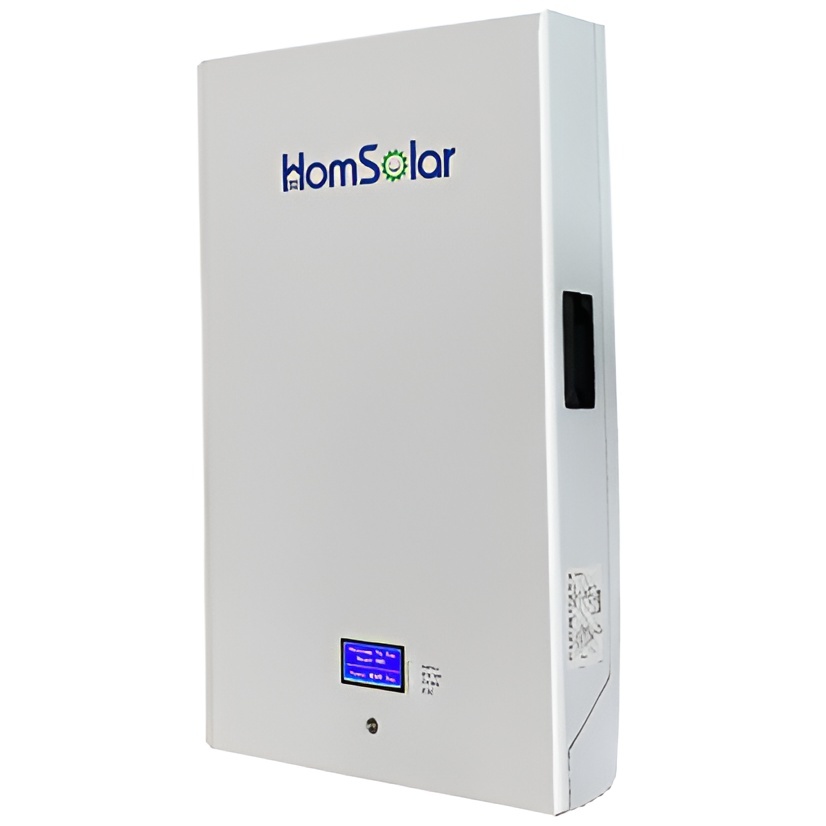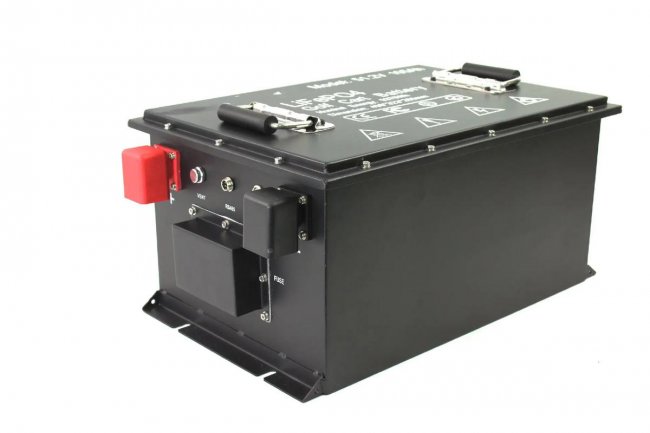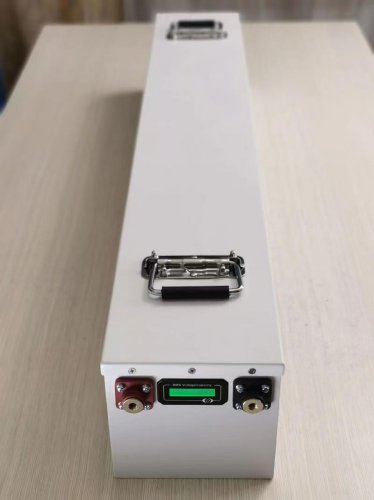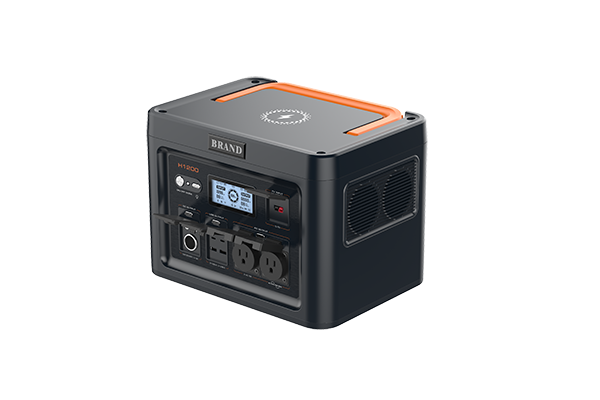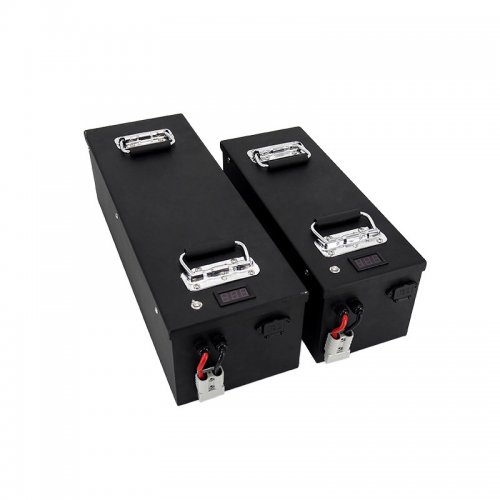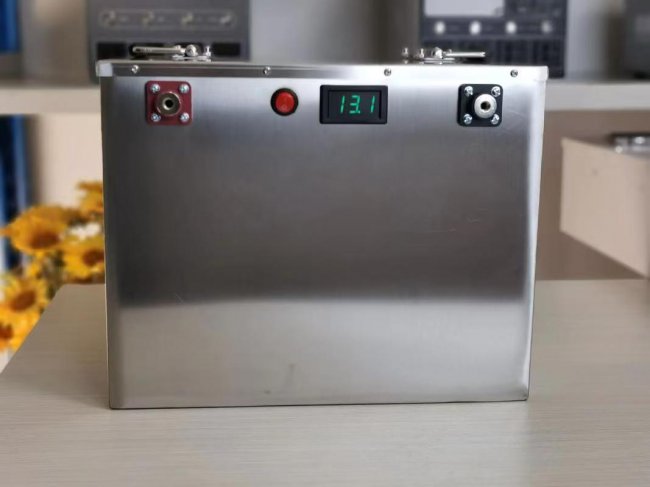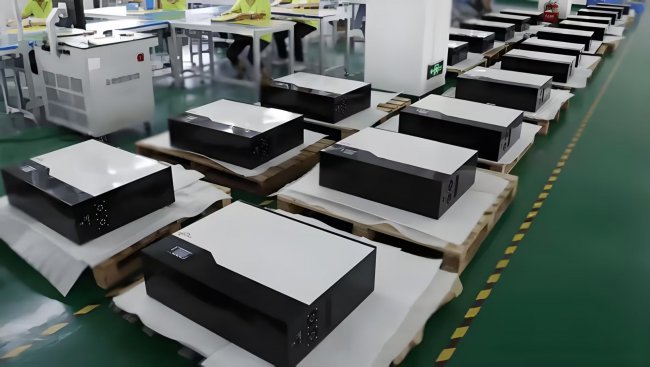How To Use Voltage Parameters: A Practical Guide For Accurate Measurement And Configuration
Voltage parameters are fundamental settings and specifications that define the electrical potential difference in a system. Correctly understanding and applying these parameters is critical for the design, testing, and safe operation of any electronic device or circuit. This guide provides a comprehensive, step-by-step approach to effectively using voltage parameters, whether you are taking measurements with a multimeter or configuring a power supply.
Before diving into procedures, it's essential to grasp the key parameters you will be working with:Voltage Level: The specific value of the voltage, such as 5 VDC or 230 VAC.Tolerance: The acceptable range of variation from the nominal voltage level (e.g., 5V ±5%).Ripple & Noise: Small, rapid, and unwanted AC fluctuations superimposed on a DC voltage signal.Rise/Fall Time: The time it takes for a voltage signal to transition from a low to a high state (rise) or high to low (fall).Overvoltage/Undervoltage Limits: The maximum and minimum voltage thresholds a device can withstand without damage or malfunction.
This is the most common task for engineers and technicians.
Step 1: Safety First Always prioritize safety. Before connecting any probes, ensure you know the approximate voltage level you are measuring. Wear appropriate personal protective equipment (PPE) if working with high voltages. Inspect your multimeter and test leads for any signs of damage.
Step 2: Meter and Probe ConfigurationSelect the Correct Function: Turn the multimeter's dial to "V" for voltage.Choose AC or DC: Select V⎓ (DC Voltage) for batteries, most circuits, and DC power supplies. Select V~ (AC Voltage) for wall outlets and AC signals. If unsure, start with the higher AC range to avoid damage.Connect the Probes: Insert the black probe into the COM (common) jack. Insert the red probe into the VΩ (Volts/Ohms) jack.
Step 3: Taking the MeasurementSet the Range: For manual-ranging meters, set a range that is higher than the expected voltage. For auto-ranging meters, the device will select the appropriate range automatically.Apply the Probes: Connect the black probe to the circuit's ground or negative reference point. Touch the red probe to the point you wish to measure.Read the Display: Note the stable reading. For AC measurements, your meter might display RMS (Root Mean Square) value, which is the standard for expressing AC voltage magnitude.
Step 4: Analyzing the Reading Compare the measured value to the expected voltage parameter. Is it within the specified tolerance? If measuring a DC power rail, a significant deviation from the nominal value could indicate a problem.
Setting precise voltage parameters on a source is crucial for powering and testing devices.
Step 1: Initial SetupEnsure the power supply is off or the output is disabled.Connect your device to the power supply's output terminals, observing correct polarity (positive to positive, negative to negative/ground).
Step 2: Setting Voltage and Current LimitsVoltage Setting: Use the voltage knob or keypad to set the desired output voltage level (e.g., 12.0 V). Do not turn on the output yet.Current Limit (Crucial Step): This protects your device. Before enabling the output, set the current limit. With the output disabled, short the positive and negative terminals with a wire. The ammeter will show the current. Adjust the current limit knob to a safe value slightly above your device's normal operating current. Then, remove the short circuit.
Step 3: Enabling Output and Verifying Turn on the output. Verify that both the voltage and current readings on the power supply's display match your expectations and that your device is operating correctly.
Step 4: Using Advanced Features (if available)Overvoltage Protection (OVP): Set an OVP level just above your target voltage. If the supply malfunctions and tries to output a higher voltage, the OVP will shut down the output, protecting your device.Undervoltage Protection (UVP): Set a UVP level just below your target voltage. This can be useful for battery monitoring or ensuring a device only operates within a valid voltage window.
1. Use Reliable Grounding: A stable ground reference is vital for accurate voltage measurements, especially in noisy environments. Always connect your probe's ground to the system's ground. 2. Mind the Input Impedance: A multimeter's input impedance can load a high-impedance circuit, causing an inaccurate voltage reading. For sensitive analog circuits, use a meter with a high input impedance (e.g., 10 MΩ). 3. Employ Averaging for Noisy Signals: When measuring a DC signal with significant ripple or noise, use your multimeter's "Average" function to get a more stable and accurate reading of the DC level. 4. Utilize Min/Max Record: Use the Min/Max recording feature on your DMM to capture voltage spikes or dips that you might miss with a casual glance. This is invaluable for diagnosing intermittent faults. 5. Verify with an Oscilloscope: For dynamic voltage parameters like ripple, rise time, or transient responses, a multimeter is insufficient. An oscilloscope is the right tool for visualizing and measuring these fast-changing voltage characteristics.
Never Exceed the Ratings: Do not subject your multimeter or device under test to voltages beyond their specified maximum ratings. This can cause catastrophic failure and is a serious safety hazard.Beware of Floating Grounds: Be cautious when measuring voltages in circuits that are not referenced to earth ground (e.g., off-line switchers). Using a standard bench oscilloscope can create a short circuit through its grounded probe.Avoid Parallax Errors: When using analog meters with a needle, read the value straight on to avoid misinterpretation due to viewing angle.Check Your Probes: Damaged or poor-quality probes can introduce resistance and noise, leading to incorrect measurements. Regularly check probe integrity.Understand RMS vs. Peak: For AC measurements, know what your meter displays. A true-RMS meter provides the correct value for non-sinusoidal waveforms (like square waves), whereas an average-responding meter will be inaccurate.By systematically following these steps, tips, and precautions, you can confidently and accurately work with voltage parameters. This ensures not only the proper functionality of your electronic projects but also a safe working environment. Mastery of these fundamental concepts is a cornerstone of effective electrical engineering and troubleshooting.
Customized/OEM/ODM Service
HomSolar Supports Lifepo4 battery pack customization/OEM/ODM service, welcome to contact us and tell us your needs.


HomSolar: Your One-stop LiFePO4 Battery Pack & ESS Solution Manufacturer
Our line of LiFePO4 (LFP) batteries offer a solution to demanding applications that require a lighter weight, longer life, and higher capacity battery. Features include advanced battery management systems (BMS), Bluetooth® communication and active intelligent monitoring.

Customised Lithium Iron Phosphate Battery Casing
ABS plastic housing, aluminium housing, stainless steel housing and iron housing are available, and can also be designed and customised according to your needs.

HomSolar Smart BMS
Intelligent Battery Management System for HomSolar Energy Storage System. Bluetooth, temperature sensor, LCD display, CAN interface, UART interface also available.


Terminals & Plugs Can Be Customized
A wide range of terminals and plugs can be customised to suit the application needs of your battery products.

Well-designed Solutions for Energy Storage Systems
We will design the perfect energy storage system solution according to your needs, so that you can easily solve the specific industry applications of battery products.



About Our Battery Cells
Our energy storage system products use brand new grade A LiFePO4 cells with a battery lifespan of more than 4,000 charge/discharge cycles.



Applications in Different Industries
We supply customized & OEM battery pack, assemble cells with wiring, fuse and plastic cover, all the cell wires connected to PCB plug or built BMS.
Applications: E-bike, Electric Scooter, Golf Carts, RV, Electric Wheelchair, Electric Tools, Robot Cleaner, Robot Sweeper, Solar Energy Storage System, Emergency Light, Solar Power Light, Medical Equipment, UPS Backup Power Supply.
We can provide you with customized services. We have the ability to provide a vertical supply chain, from single cells to pack/module and to a complete power solution with BMS, etc.


HomSolar (Shenzhen) Technology Co., Ltd







